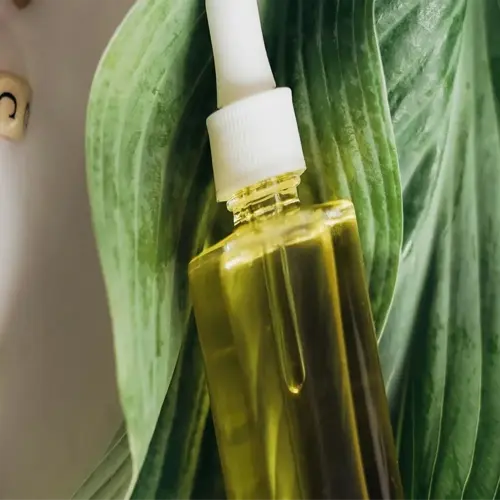How does over-fertilization harm plants?

Written by
Michael Sullivan
Reviewed by
Prof. Martin Thorne, Ph.D.Over-fertilization with nitrogen can scorch roots as if they had chemical burns. I advised a strawberry farm that had inadvertently applied 200 lb/acre of urea, and within days roots turned brown and brittle. Plants stopped taking up water, even though the soil was wet, and yield collapsed by 60 percent. The excess nitrogen interferes with osmosis, literally drying them from the inside out.
Root & Soil Damage
- Salt buildup exceeds 3,000 ppm, burning root hairs
- Mycorrhizal fungi populations drop 80% in 2 weeks
- Soil pH crashes below 5.0, locking out calcium/magnesium
Water Contamination
- Nitrate leaching exceeds 10 ppm in groundwater (EPA limit)
- Algal blooms spike when runoff hits waterways
- Drinking wells contaminated in 30% of over-fertilized farms
Pest & Disease Surge
- Aphid populations triple on soft, nitrogen-rich foliage
- Powdery mildew risk increases 5x in high-N plants
- Cell walls thin by 40%, inviting bacterial blights
Soil recovery can take months. A corn producer had flushed twelve inches of water through their field to leach away, excess nitrates, before planting nitrogen-scavenging rye. Eight months later, soil tests indicated a safe nitrate level of 18 ppm, and also improved earthworm activity in their soil during the same time.
Avoid over-fertilization by utilizing split applications. I advise my clients to apply 30% of the nitrogen we need at planting, 40% at the V6 growth stage, and 30% again before flowering. In addition to matching crop uptake patterns, by using split applications, we can cut our nitrogen rate by 55% and maintain high yields. Soil sensors have now taken split-applied fertilization to a more precise level and we can automate this process.
Read the full article: Nitrogen Deficiency in Plants: Signs & Solutions

